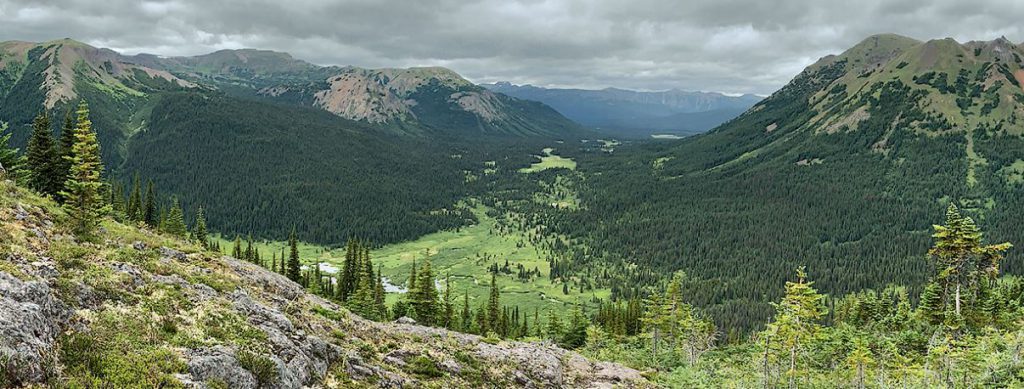Northwest Copper drills1.01% CuEq over 19.15 metres at Kwanika, British Columbia

Northwest Copper Corp. [NWST-TSXV; NWCCF-OTCQX; 34S-FSE] reported assays from the first three holes of its 2022 Kwanika drilling program in the Quesnel Trough of central British Columbia. Northwest Copper, operator, has a 66.949% interest with Kwanika Copper Corp. holding 33.051%
All three drill holes encountered significant copper-gold grades in the southern part of the deposit, which, expands the footprint of mineralization and increases the confidence in the Kwanika mineral resource estimate.
Highlights include drill hole K-22-227 that returned 22.65 metres of 0.61% CuEq (copper equivalent). K-22-228 returned 19.15 metres of 1.01% CuEq within a broader interval. K-22-229 returned 20.00 metres of 1.06% CuEq and 15.70 metres of 1.21% CuEq, both within a broader interval. True widths have not been determined
“These three holes are just the first piece of news from our exciting 2022 Kwanika drill program, where we have already completed 25 holes,” said president and CEO of Northwest, Peter Bell. “Kwanika continues to deliver high grades with multiple plus 1% copper equivalent intervals. We look forward to more positive drill results from all our projects as we continue to progress the 2022 program.
“Northwest Copper is continuing to work with the Takla Lake First Nation and other communities of interest at Kwanika,” continued Bell. “Conducting our work in an environmentally and culturally responsible manner is important to Northwest Copper’s commitment to sustainability and reconciliation.”
Kwanika and the adjacent Stardust deposit are the current flagship projects at Northwest. The 2022 Kwanika drill program includes holes designed to expand the known resource, to add new high-grade zones within and around the known resource, and to test for new centres of mineralization regionally. These first three holes targeted expansion and delineation of near-surface high-grade zones in the southern part of the Kwanika Central zone. The balance of the program tests larger step-outs and for new zones of mineralization throughout the area. Follow-ups to the 2021 South zone drilling are also under way and initial holes in two untested regional targets south of Kwanika are planned.
Holes K-22-227, K-22-228 and K-22-229 are in the southern portion of the Central zone and verify the near-surface mineralization the company had previously modeled in that area. All three holes increase confidence in the current block model.
K-22-227 was drilled from south to north at 330 degrees and was designed to test the eastern portion of the high-grade trend within the Kwanika Central zone. The high-grade mineralization (22.7 metres of 0.61% CuEq) occurred in a zone of propylitic altered diorite that has been overprinted by potassic alteration with abundant quartz-sulphide veins. This hole has since been followed up by K-22-232 and K-22-233 (assays pending) to build on this result.
K-22-228 was oriented northwest, testing for high grade at surface within the southern extent of the Central zone. The high-grade mineralization was centred around a strongly potassic altered monzonite with abundant quartz-sulphide veins (19.15 metres of 1.01% CuEq) which is the most common style of high-grade mineralization at Kwanika. Above and below this zone was propylitic altered diorite, overprinted by potassic alteration with quartz sulphide veins. The full mineralized interval was 138.3 metres of 0.43% CuEq.
K-22-229 was drilled from east to west, targeting high-grade near-surface mineralization associated with the Central fault zone. This hole encountered two high-grade zones. The first was 20.00 metres of 1.06% CuEq and the second 15.70 metres of 1.21% CuEq. These two are within an overall broader intersection of 111.10 metres of 0.63% CuEq. This hole appears to expand the area of known mineralization to the east where the previous mineral resource estimate did not estimate grade in the blocks.
